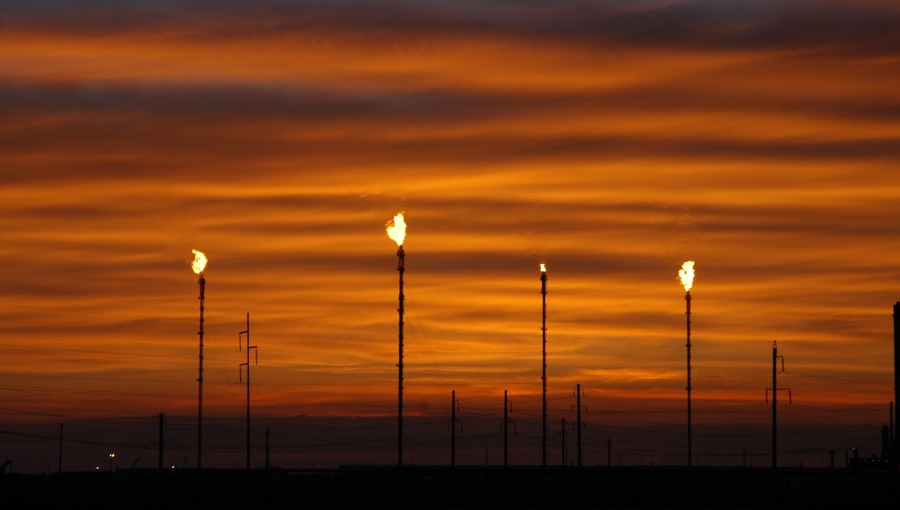Kazakhstan risks gas shortages without price reform to spur investment

Kazakhstan risks facing a natural gas shortage unless it urgently reforms its pricing policy and attracts investment into infrastructure and production, the head of state-owned gas company QazaqGaz warned during a major industry forum on April 11.
Speaking at the Energy Trends: Gas & Petrochemicals forum in Astana, QazaqGaz Chairman Sanjar Zharkeshov said the national gasification rate had risen from 53% in early 2022 to 61.8% by 2025, with major cities such as Astana, Almaty and Shymkent now connected. Kazakhstan’s gasification programme has been ongoing for decades, with the aim of expanding access to cheaper energy and reducing the use of dirtier coal.
“Despite external challenges, the country has maintained uninterrupted gas supply and enhanced the reliability of its transport system,” Zharkeshov said, noting that infrastructure projects worth more than KZT700bn ($1.4bn) were financed using internal funds.
Kazakhstan has expensed geological exploration for gas recently, which has already yielded some discoveries. Both domestic and foreign investors have been engaged, and digital solutions using artificial intelligence are being implemented, signalling a shift towards a new technological model, he said.
Priority projects include a gas processing plant at the Kashagan field, the construction of which began in 2021 and is due to be completed next year, boosting the country’s available gas supply by 1bn cubic metres per year. Others are the gasification of north-eastern regions, the overhaul of the Central Asia-Centre trunk line, so that more gas can be imported from Russia, and the development of several internal pipelines: Taldykorgan-Usharal, Aktobe-Kostanay and the second line of Beineu-Bozoi-Shymkent (BBS), and the KS-14 compressor station.
The BBS pipeline was completed in 2016 to supply gas from the west of the country to populated areas in the south, reducing dependence on imports from neighbours and facilitating the export of gas from Kazakhstan to China. Adding a second line would double its capacity to 30 bcm per year.
Zharkeshov announced that the Energy Trends forum would become the country’s leading platform for gas discussions, renamed the Astana Gas Forum, to address sectoral challenges and opportunities. “The gas sector is on the threshold of key decisions that will determine Kazakhstan’s energy security and economic stability for decades,” he said.
Challenges
Kazakhstan’s gas consumption is surging, driven by regional gasification, coal-to-gas power plant conversions, and new gas-fired generation, while production and infrastructure are not keeping pace. Gas demand rose by 5% year on year during the last heating season.
Without decisive action, Kazakhstan could soon face supply shortages for households and industry. Sustainable development, Zharkeshov said, requires investment in infrastructure and production, which in turn depends on aligning tariffs with the true cost of gas.
Zharkeshov pointed to international examples where market-based gas pricing attracted private capital and ensured stable development. Kazakhstan is following this path, with its Energy Council last year approving a pricing reform aimed at making the domestic market break even within 3-4 years.
“Without changes to the tariff policy, investors simply won’t fund sector growth,” he warned. “The cost of inaction is the country’s energy security.”
In parallel, QazaqGaz has signed a cooperation and financing agreement with KazAzot to develop the Severnoye-2 block in the Aktobe region, with the aim of expanding Kazakhstan’s gas resource base further. KazAzot will provide full funding for geological exploration, including 2D and 3D seismic surveys and the drilling of one independent and one contingent well.


Follow us online